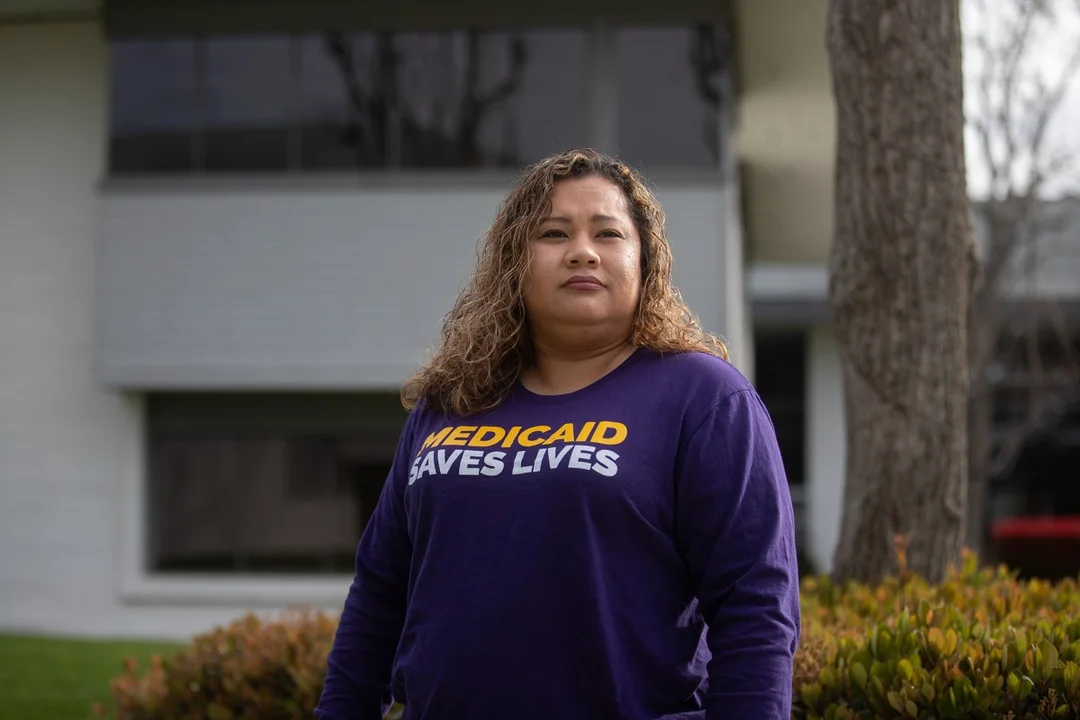
Medicaid Cuts Disproportionately Affect Republican Districts in California
Recent analysis reveals a concerning trend in California's healthcare landscape: Medicaid cuts are disproportionately impacting Republican districts. According to a detailed report by CalMatters, the state's decision to reduce Medicaid funding has led to a significant decrease in healthcare services in areas predominantly represented by Republican lawmakers.
The study highlights that these cuts are not uniformly distributed across the state. Instead, they are more heavily concentrated in districts that voted Republican in recent elections. This has raised questions about the fairness and the political motivations behind the allocation of healthcare resources. Critics argue that such a distribution pattern could undermine the health and wellbeing of millions of Californians, particularly those in lower-income brackets who rely heavily on Medicaid for their healthcare needs.
The implications of these cuts are far-reaching. In Republican-leaning areas, healthcare facilities are facing increased financial strain, which may lead to reduced services or even closure of some clinics. This could result in longer waiting times for patients, reduced access to specialist care, and an overall decline in the quality of healthcare available to residents in these districts.
State officials have responded to the criticism by stating that budget constraints necessitate difficult decisions, and that the distribution of cuts was based on a complex set of factors, not solely on political alignment. However, this explanation has done little to quell the concerns of those affected, who are calling for a more equitable approach to healthcare funding.
As the debate over Medicaid funding continues, it remains to be seen how California will address the growing disparities in healthcare access across its diverse districts. The situation underscores the ongoing tension between fiscal responsibility and the right to healthcare, a debate that is likely to intensify as the state navigates its budgetary challenges.